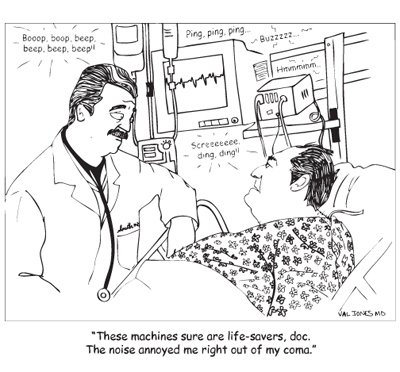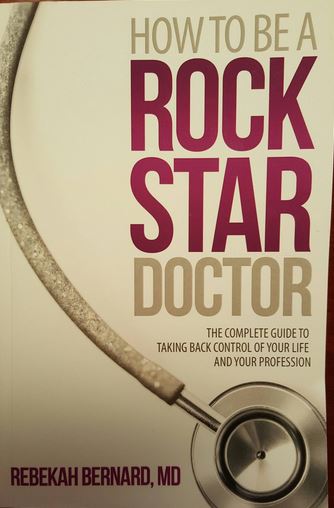June 21st, 2011 by Harriet Hall, M.D. in Health Tips, Research
No Comments »

Science has found no evidence that vaccines cause autism; but the true cause(s) of autism have not yet been determined. So far the available evidence has pointed towards a largely genetic cause with possible interaction with environmental factors. A new study supports that interpretation. It also supports previous evidence that autism is triggered prior to birth, rather than at the time of vaccinations.
Schmidt et al. published a study in Epidemiology on May 23, 2011, entitled “Prenatal Vitamins, One-carbon Metabolism Gene Variants, and Risk for Autism.” It was a population-based case control study of 566 subjects comparing a group of autistic children to a matched control group of children with normal development. They looked at maternal intake of prenatal vitamins in the 3 months before conception and the first month of pregnancy, and they looked for genotypes associated with autism. They found that mothers who didn’t take prenatal vitamins were at greater risk of having an autistic child, and certain genetic markers markedly increased the risk. There was a dose/response relationship: the more prenatal vitamins a woman took, the less likely she would have an autistic child. There was no association with other types of multivitamins, and no association with prenatal vitamin intake during months 2-9 of pregnancy.
They had a large sample size, and they tried to eliminate confounders. They looked for these potential confounders of the association between prenatal vitamin intake and autism: child’s sex, birth year, parent-reported race/ethnicity, family history of mental health conditions, paternal age at child’s birth, maternal age at child’s birth, education, prepregnancy body mass index (BMI) category, cereal intake from 3 months before through the first month of pregnancy, cigarette smoking, alcohol consumption, and residence with a smoker during the period 3 months before pregnancy to delivery. Only maternal education and the child’s year of birth proved to be confounders. They adjusted for these two factors in their analyses. A weakness of their study is that it depends on patient recall long after the fact. Also, it did not attempt to gather any diet information.
Mothers of children with autism were less likely to report taking prenatal vitamins (odds ratio 0.62). Having certain genotypes increased the odds that a vitamin-omitting woman would have an autistic child. Children with the COMT 472 AA gene were at increased risk of autism. If their mothers took prenatal vitamins, the odds ratio for the risk of autism was 1.8; if their mothers didn’t, the odds ratio jumped to 7.2. This suggests that the maternal-fetal environment can magnify the effects of a child susceptibility gene. There was an association with certain maternal genes as well: those odds ratios went as high as 4.5.
The association was robust. The authors think Read more »
*This blog post was originally published at Science-Based Medicine*
March 18th, 2011 by Harriet Hall, M.D. in Opinion
2 Comments »

After giving birth, most mammals eat the afterbirth, the placenta. Most humans don’t. Several hypotheses have been suggested as to why placentophagy might have had evolutionary survival value, but are there any actual benefits for modern women? Placentophagy has been recommended for various reasons, from nutritional benefit to preventing postpartum depression to “honoring the placenta.” In other cultures, various rituals surround the placenta including burial and treating it as sacred or as another child with its own spirit. Eating the placenta is promoted by some modern New Age, holistic, and “natural-is-good” cultural beliefs.
Some women eat it raw, but many women have a yuck-factor objection to eating raw bloody tissue. It can be cooked: recipes are available for preparing it in various ways. For those who don’t like the idea of eating the tissue, placenta encapsulation services are available, putting placenta into a capsule that is more esthetically acceptable and that can even be frozen and saved for later use in menopause. Read more »
*This blog post was originally published at Science-Based Medicine*
June 6th, 2010 by Harriet Hall, M.D. in Better Health Network, Health Tips, News, Opinion, Research
No Comments »

Red meat consumption has been linked to diabetes, cardiovascular disease, and several types of cancer (breast, colorectal, stomach, bladder, prostate, and lymphoma).
There are plausible mechanisms: Meat is a source of carcinogens, iron that may increase oxidative damage, and saturated fat. But correlation and plausibility are not enough to establish causation.
Is red meat really dangerous? If so, how great is the risk? A couple of recent studies have tried to shed light on these questions, but they have raised more questions than they have answered. Read more »
*This blog post was originally published at Science-Based Medicine*
May 1st, 2010 by DaveMunger in Better Health Network, Health Tips, Research, True Stories
1 Comment »


This week I’ve been trying to eat according to the DASH guidelines for lowering blood pressure. It actually hasn’t been too difficult — partly because I’m not following their strictest guidelines, which call for just 1,300 milligrams of sodium and 16 grams of saturated fat a day. I’ve been shooting for 2,300 milligrams of sodium and 22 grams of saturated fat.
In 2003, I tried a somewhat different “diet,” which in some ways was more difficult to follow, even though it only lasted one day. My son Jim (then age 11) and I ate every meal at McDonald’s for an entire day (yes, this was before Super Size Me). We recorded the experience on the Web. I thought it would be interesting to compare my day at McDonald’s to a typical day on DASH. Read more »
*This blog post was originally published at The Daily Monthly*
December 2nd, 2009 by Paul Auerbach, M.D. in Better Health Network, Health Tips
No Comments »

 Ski season is upon us. There is no greater relief on a frigid winter day than warming cold, painful fingers and toes. In a recent issue of Wilderness and Environmental Medicine (2009;20:33-38), William Sands, Ph.D. and colleagues authored an article entitled, “Comparison of Commercially Available Disposable Chemical Hand and Foot Warmers.” The objective of their study was to characterize the thermal behaviors of 14 commercially available hand and foot warmers.
Ski season is upon us. There is no greater relief on a frigid winter day than warming cold, painful fingers and toes. In a recent issue of Wilderness and Environmental Medicine (2009;20:33-38), William Sands, Ph.D. and colleagues authored an article entitled, “Comparison of Commercially Available Disposable Chemical Hand and Foot Warmers.” The objective of their study was to characterize the thermal behaviors of 14 commercially available hand and foot warmers.
The warmers were studied in pairs in a laboratory setting, not in frigid conditions. Each warmer was monitored with a rapidly-responding thermister to determine its external temperature. One of each pair of warmers was placed in a boot or glove. Temperature was recorded until the heat output of the devices ceased and the temperature was determined to be identical to ambient temperature.
The results were quite interesting. There was variability both within and between manufacturers and types of warmers. Some of the devices exceeded packaging claims, while others fell short. The greater the mass of the warmer, the longer the duration of heat production. Read more »
This post, Do Hand and Foot Warmers Work?, was originally published on
Healthine.com by Paul Auerbach, M.D..















